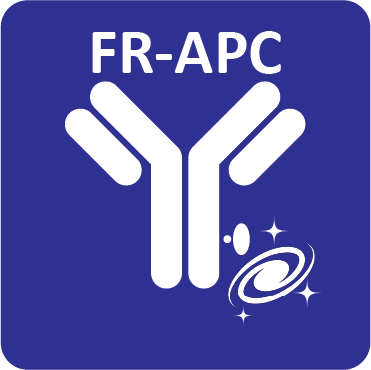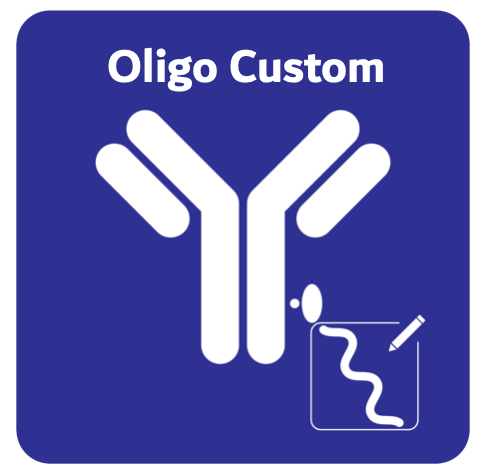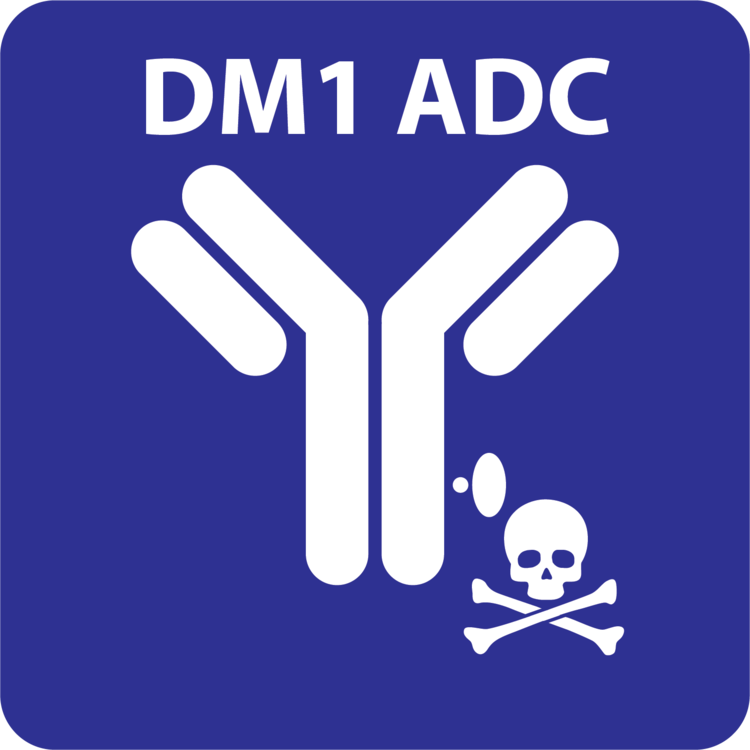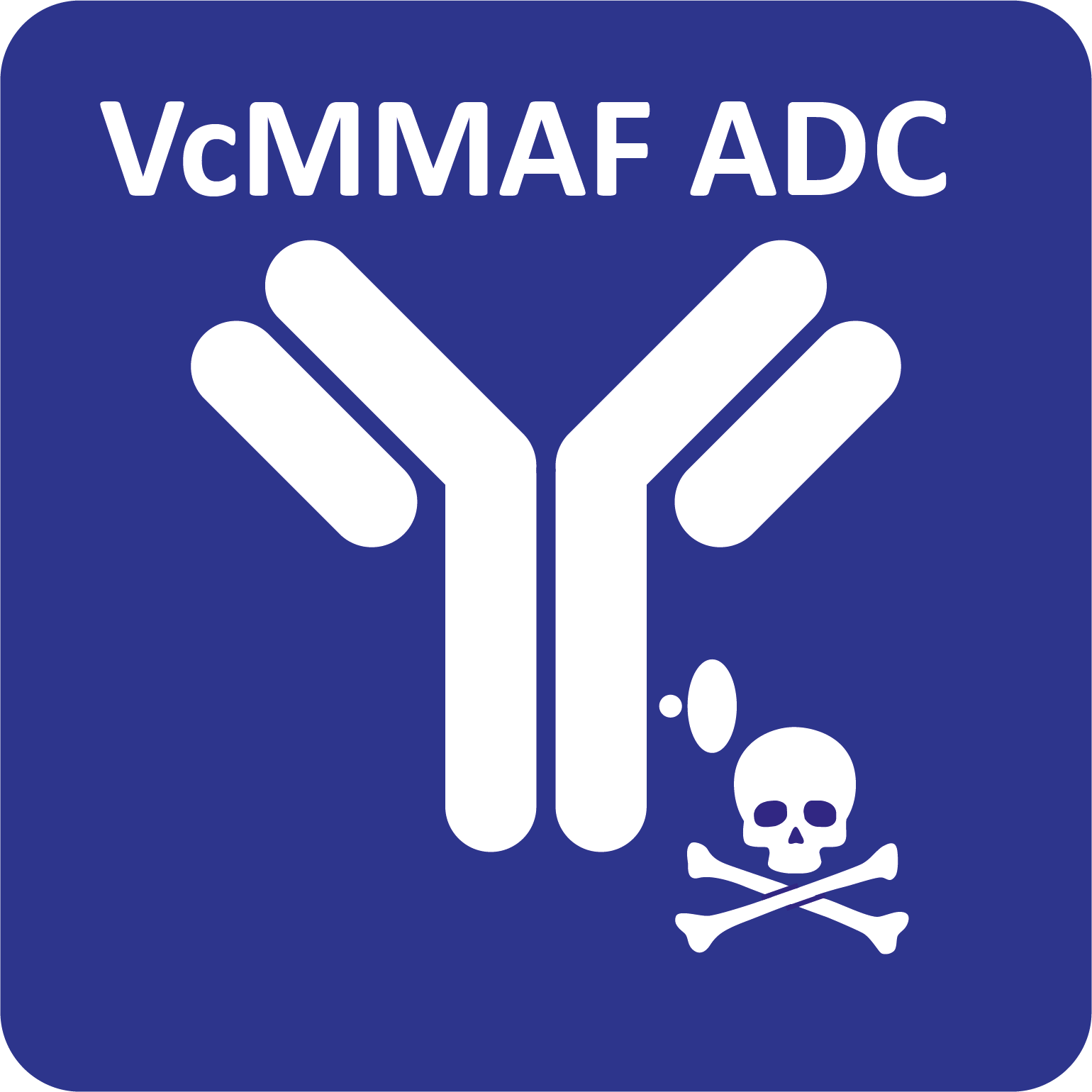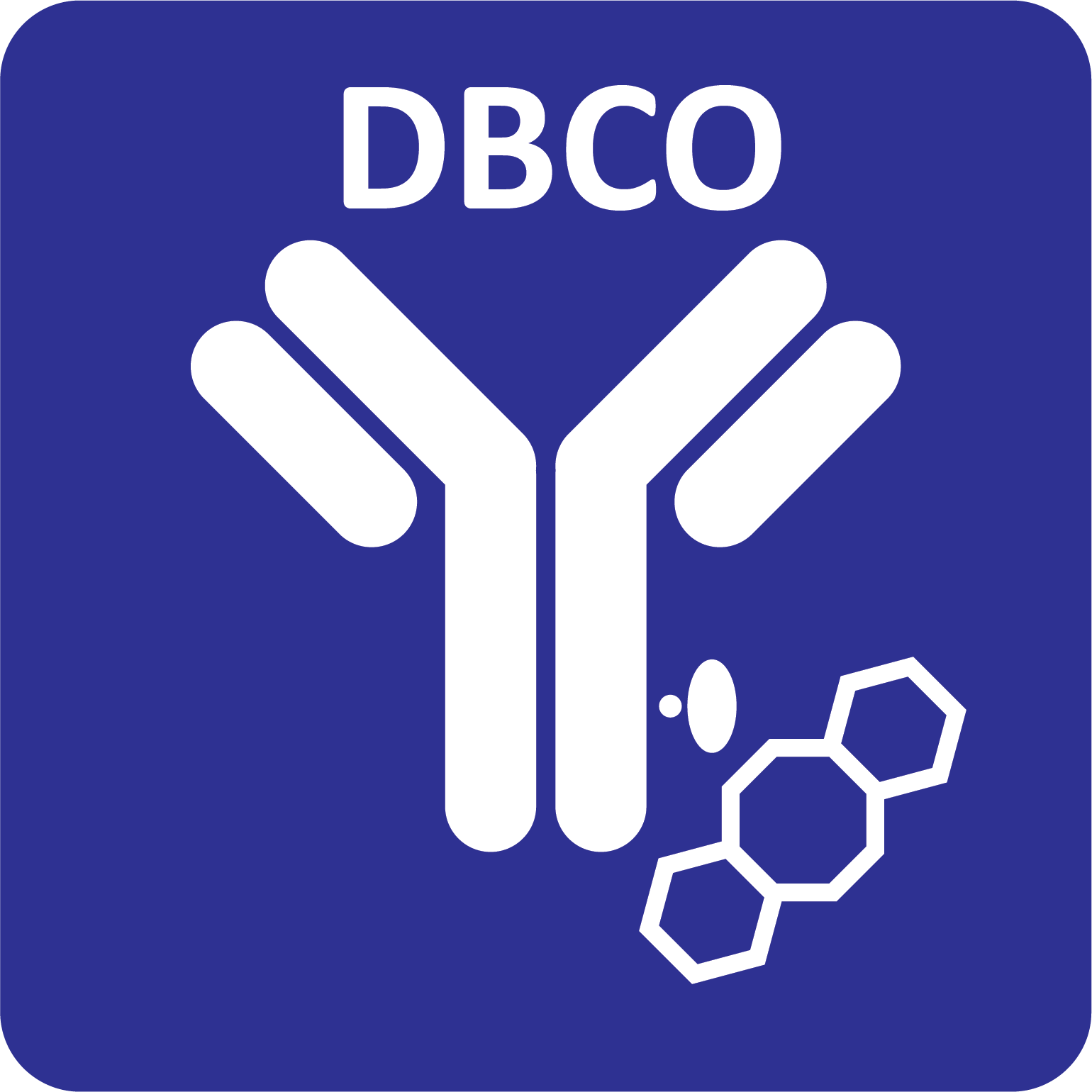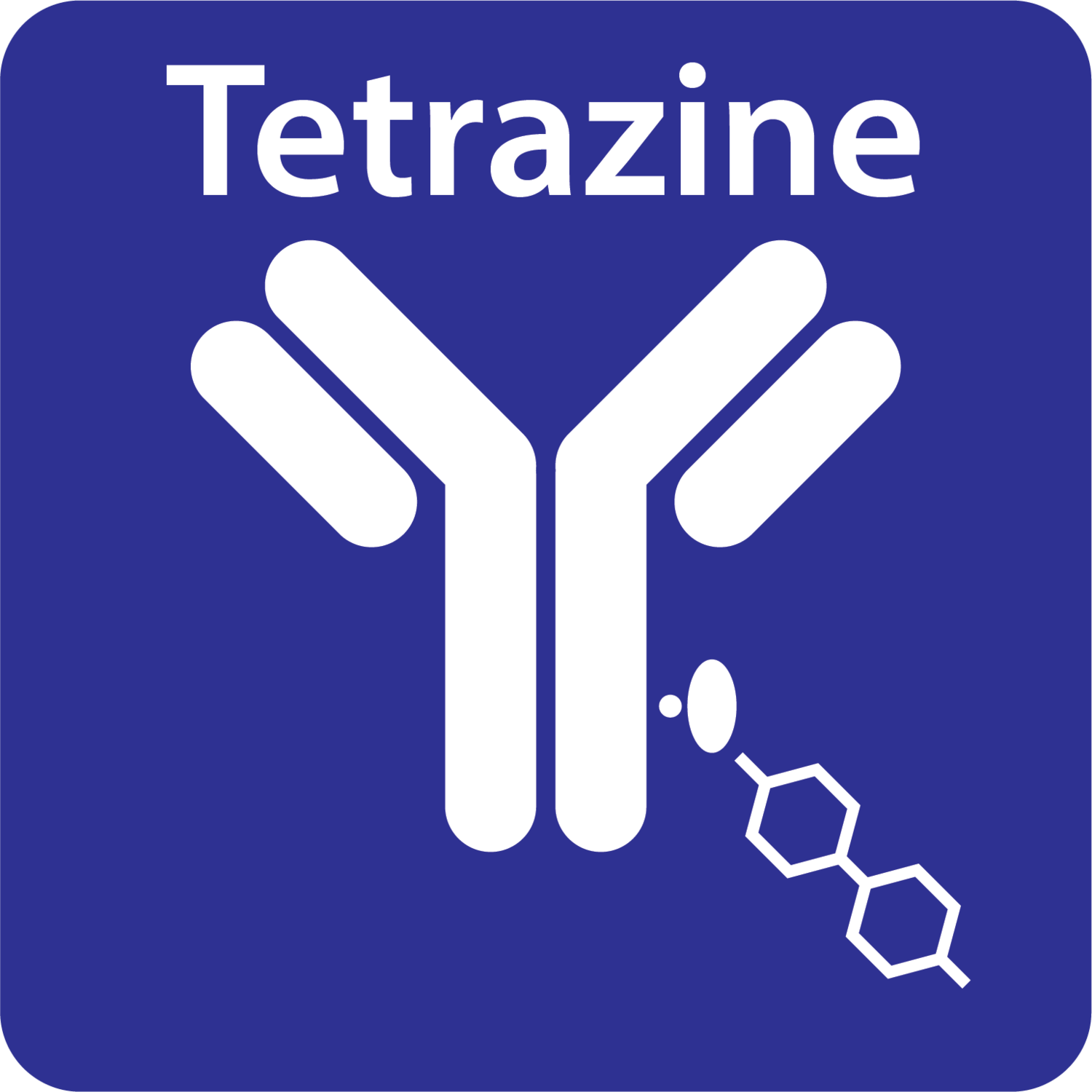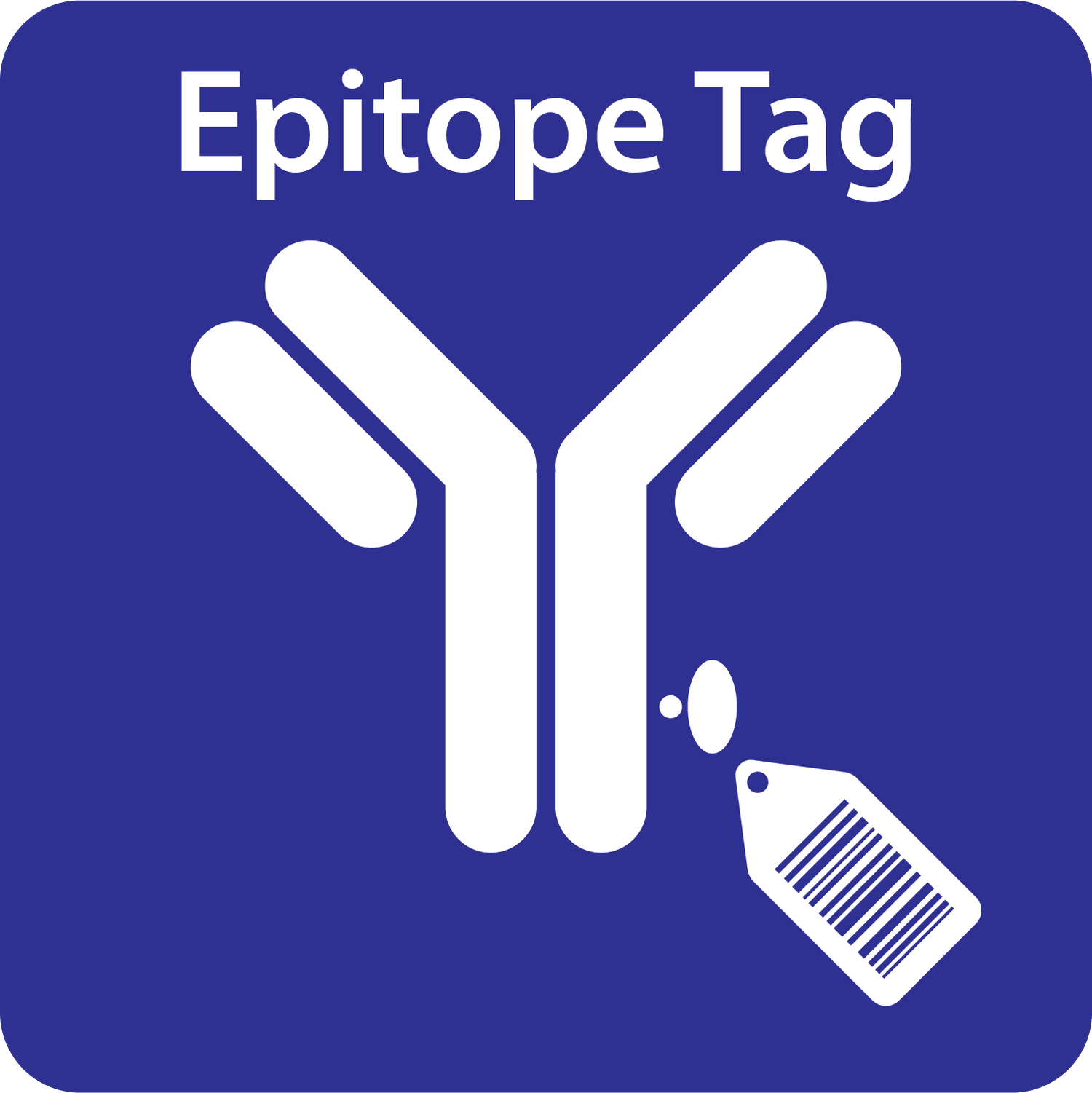Your cart is currently empty!
| Host Species | lg Subclass | Crosslinking Efficiency |
|---|---|---|
| Human | lgG1 | +++ |
| lgG2 | +++ | |
| lgG3 | +++ | |
| lgG4 | +++ | |
| lgA | - | |
| lgM | - | |
| Mouse | lgG1 (Separate Product) | ++* |
| lgG2a | +++ | |
| lgG2b | ++ | |
| lgG2c | +++ | |
| lgG3 | +++ | |
| Rat | lgG1 | + |
| lgG2a | - | |
| lgG2b | - | |
| lgG2b kappa | + | |
| lgG2c | +++ | |
| Goat | lgG | ++ |
| Rabbit | lgG | ++/+++** |
| Sheep | lgG | ++ |
| Cow/Bovine | lgG | ++ |
| Dog | lgG | ++ |
| Pig/Porcine | lgG | +++ |
| Guinea Pig | lgG | +++ |
| Armenian Hamster | lgG | + |
| Chicken | lgY | - |
| Donkey | lgG | +++ |
| Horse/Equine | lgG | +++ |
| Monkey | lgG | +++ |
+++: Efficient Crosslinking ++: Moderate Crosslinking -: No Crosslinking
* Labeling mouse lgG1 requires the use of oYo-Link mlgG1 and is available as a separate product for all labels with the exception of oYo-Link Epitope Tag.
oYo-Link mlgG1 should only be used to label mouse lgG1. It is not compatible with other antibodies.
** Labeling Rabbit lgG has been shown to produce both moderate and efficient crosslinking efficiency.
oYo-Link® Antibody Compatibility
oYo-Link ® exhibits differences in its ability to covalently photo-crosslink various Immunoglobulins (Ig). This variability exists both between antibodies from different species and between different antibody subclasses from the same species. The table to the left gives an overview of the cross-linking efficiency of oYo-Link to different Ig host species and subclasses.
Note: To label mouse IgG1 antibody, you must order the oYo-Link mIgG1 products, which will only label mIgG1 antibody.
Note: While crosslinking efficiency is usually consistent for antibodies from a specific species/host, some exceptions exist. Therefore, customers are encouraged to check the labeling efficiency of their antibody if labeling efficiency is critical for an experiment.
Have A Question About Compatible Antibodies Or Need More Specific Information?
Contact Us| Buffer Category | Specific Chemical | Compatibility |
|---|---|---|
| pH | 4-10 | |
| Buffer | Tris buffer | |
| PBS buffer | ||
| HEPES Buffer (<20 mM) | ||
| Borate Buffer | ||
| MOPS Buffer (<20 mM) | ||
| MES Buffer (50-500 mM) | Reduces photo-crosslinking efficiency by 50% | |
| Salts | Sodium citrate | |
| Sodium Azide (<1%) | ||
| Chelating reagent | EDTA (<2.5mM) | |
| Buffer additives | Trehalose | |
| Sugars | ||
| L-Arginine | ||
| Proclin | ||
| Thimerosal | ||
| Merthiolate | ||
| Glycine | ||
| Glycerol (=<50%) | ||
| Gelatin (0.5%) | ||
| Storage protein | BSA | |
| Serum | Human | |
| Bovine | ||
| Ascitic Fluid | ||
| Cell culture medium | DMEM, RPMI-1640 | |
| Hybridoma supernatant |
oYo-Link® Buffer Compatibility
oYo-Link® products are compatible with all common buffers, including those containing storage proteins (e.g. BSA) and Tris. As a result, you will likely not need to dialyze or filter your antibody prior to labeling. oYo-Link also works across a wide range of pH values. The high affinity interaction between oYo-Link and IgG even enables antibodies to be labeled directly in serum or hybridoma supernatant, and antibody concentrations can be as low as 50 µg/mL.
Have A Question About Compatible Antibodies Or Need More Specific Information?
Contact Us
